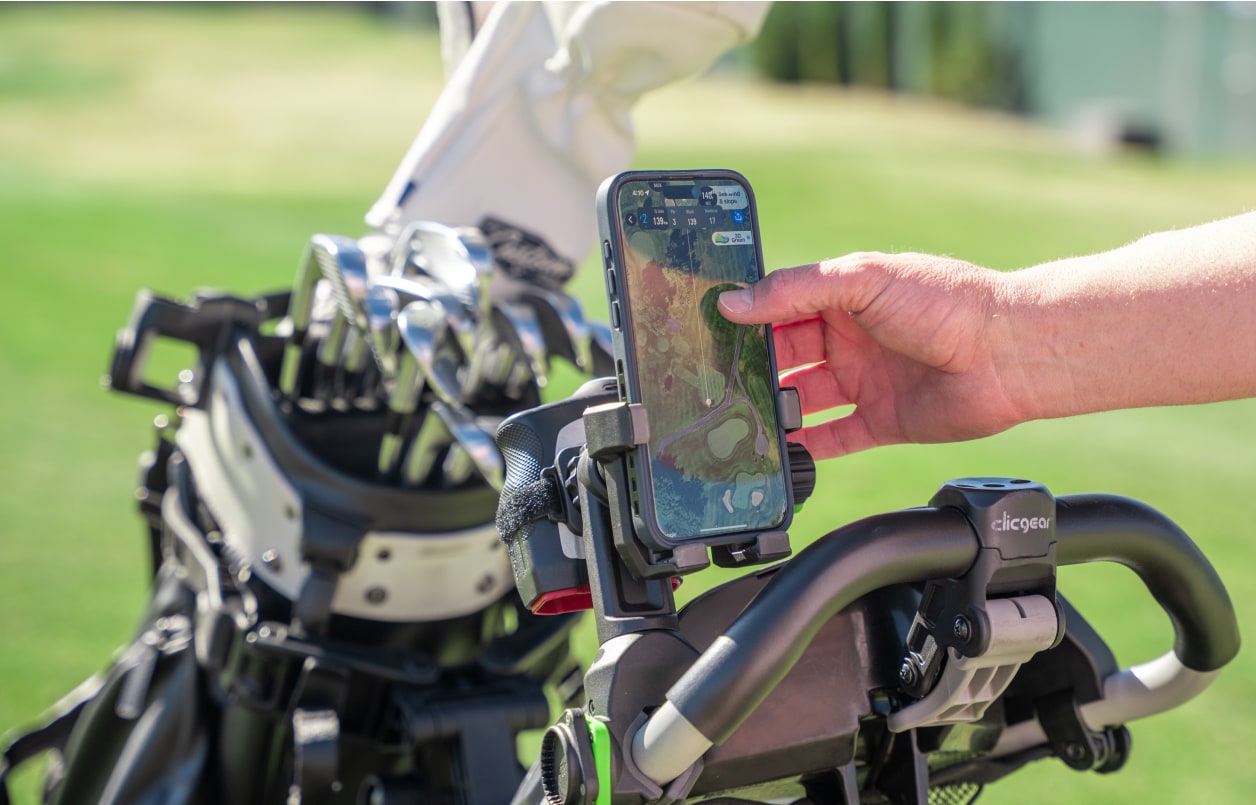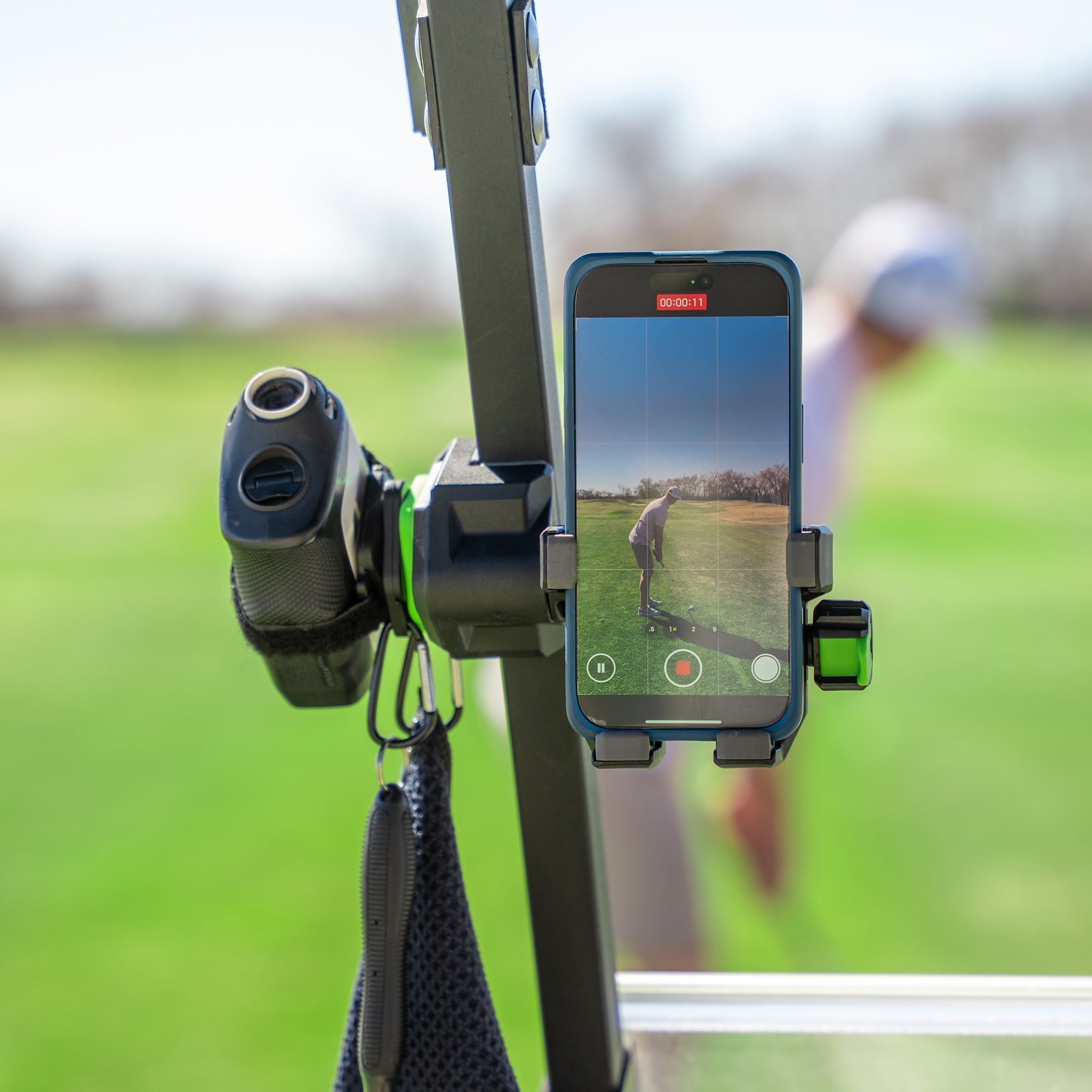After sixteen years as a PGA Professional and three decades in this game, I've witnessed some pretty dramatic shifts in how golf instruction works. But nothing – and I mean nothing – has changed the landscape quite like the remote coaching revolution we're living through right now.
I remember when "distance learning" in golf meant mailing VHS tapes back and forth with your instructor. Now I'm conducting live virtual lessons with students from three different continents in the same week, and honestly? Some of my most dramatic student improvements have come through a screen rather than standing side-by-side on the lesson tee.
But here's the thing that fascinates me most: remote coaching isn't just a backup plan anymore. It's become the primary way many serious golfers are working with instructors, and when done right, it can be every bit as effective as traditional in-person lessons.
The Technology That's Changing Everything
The platforms available today would have seemed like science fiction when I started teaching. Golf Live has completely revolutionized how I conduct live virtual lessons with their patented Live Replay Technology. I can work with a student in real-time, capture their swing, replay it instantly, and provide detailed analysis – all without leaving my office or them leaving their local driving range.
CoachNow has become my go-to platform for ongoing communication and content delivery. I can send personalized drills, practice plans, and feedback videos to hundreds of students simultaneously, then track their progress through uploaded videos and messages. It's like having a direct line to every student's practice sessions.
For detailed swing analysis, V1 Golf and V1 Coach remain the gold standard. The drawing tools, side-by-side comparison features, and massive library of professional model swings give me everything I need to break down technique and communicate complex concepts visually.
Making Remote Coaching Work for You
The biggest mistake I see golfers make with remote coaching is treating it like a watered-down version of in-person lessons. That's completely backwards thinking. Remote coaching is its own beast, with unique advantages that traditional lessons simply can't match.
First, you get consistency in your learning environment. When I work with students remotely, they're practicing and receiving instruction in the same conditions where they'll actually be playing. No more trying to translate lesson tee feedback to your home course conditions.
Second, the documentation is incredible. Every session is recorded, every piece of feedback is saved, and you can review your instruction history anytime. I have students who go back and watch lessons from six months ago to reinforce concepts we've worked on.
The Art of Effective Communication
Here's where remote coaching gets interesting from an instructor's perspective. Without being able to physically adjust a student's posture or demonstrate feel through touch, I've had to become exponentially better at verbal communication and visual demonstration.
I've learned to use reference points that students can find on their own – "Feel like your left shoulder is pointing at that tree behind the camera" instead of "Turn your shoulders more." I've developed a library of feel-based analogies that translate through video better than technical jargon.
The students who thrive in remote coaching are the ones who embrace this communication style and become active participants in the process rather than passive recipients.
Building Your Remote Coaching Relationship
In my remote coaching programs, I maintain a maximum number of students specifically because relationship building takes different energy in the virtual space. You can't rely on casual conversation between swings or reading body language during instruction.
I've found that consistent touchpoints are crucial. Weekly check-ins, monthly progress reviews, and immediate feedback on uploaded practice videos keep the connection strong. The students who struggle are usually the ones who disappear for weeks at a time and expect to pick up where they left off.
Setting clear expectations upfront is essential. Remote coaching requires more self-motivation and discipline from students. They need to understand that improvement depends heavily on their commitment to practice assignments and communication.
The Unexpected Benefits
What surprises most golfers about remote coaching is how much more focused the instruction becomes. Without the distractions of a busy lesson tee or the pressure of a ticking clock, we can dive deeper into specific concepts and really work through complex swing changes.
I also see students become more analytical about their own games. When you're regularly filming your swing and communicating about your practice sessions, you develop a much better understanding of your patterns and tendencies.
The Future is Hybrid
The most effective coaching relationships I'm building now combine both remote and occasional in-person elements. Students might work with me remotely for months, then come in for an intensive in-person session to fine-tune feel and address any issues that are better handled face-to-face.
This hybrid approach gives students the best of both worlds – the convenience and consistency of remote coaching with the precision and personal connection of traditional lessons.
After three decades in this business, I can say with certainty that remote coaching isn't just a trend or a temporary solution. It's fundamentally changed how effective golf instruction can be delivered, and the students who embrace it are seeing improvements that would have taken much longer through traditional methods alone.
The technology is here, the platforms are proven, and the results speak for themselves. The question isn't whether remote coaching works – it's whether you're ready to work with it.
About the Author
PGA of America Golf Professional Brendon Elliott is an award-winning coach and golf writer. Check out his weekly Monday column on RG.org, sign up for his newsletter, and visit OneMoreRollGolf.com to learn more about Brendon and his work.





